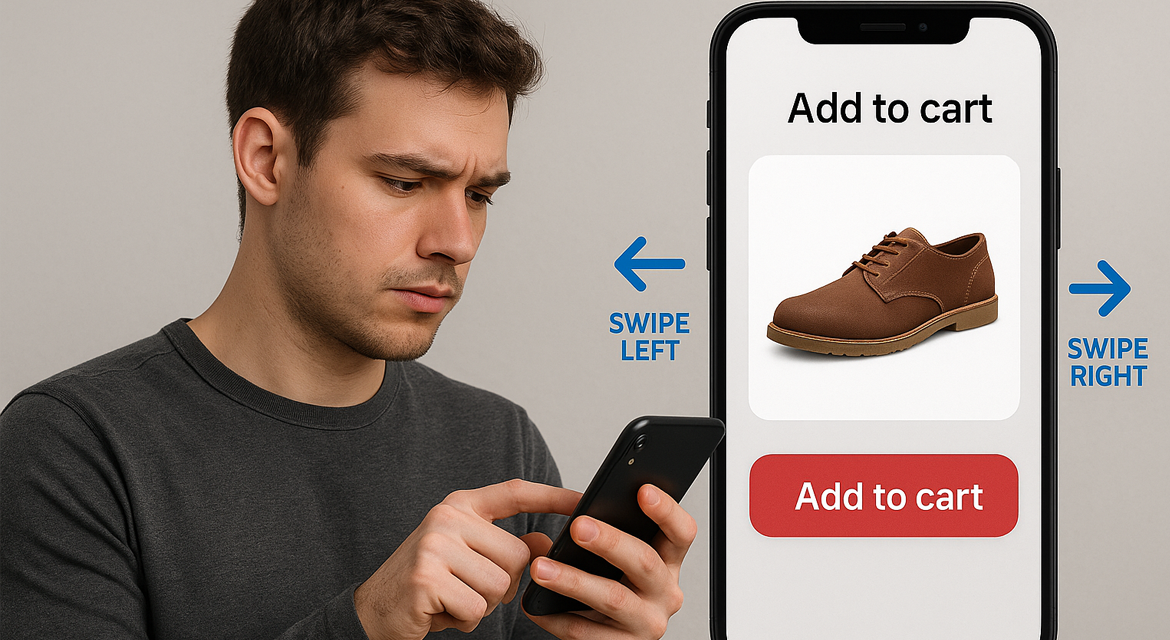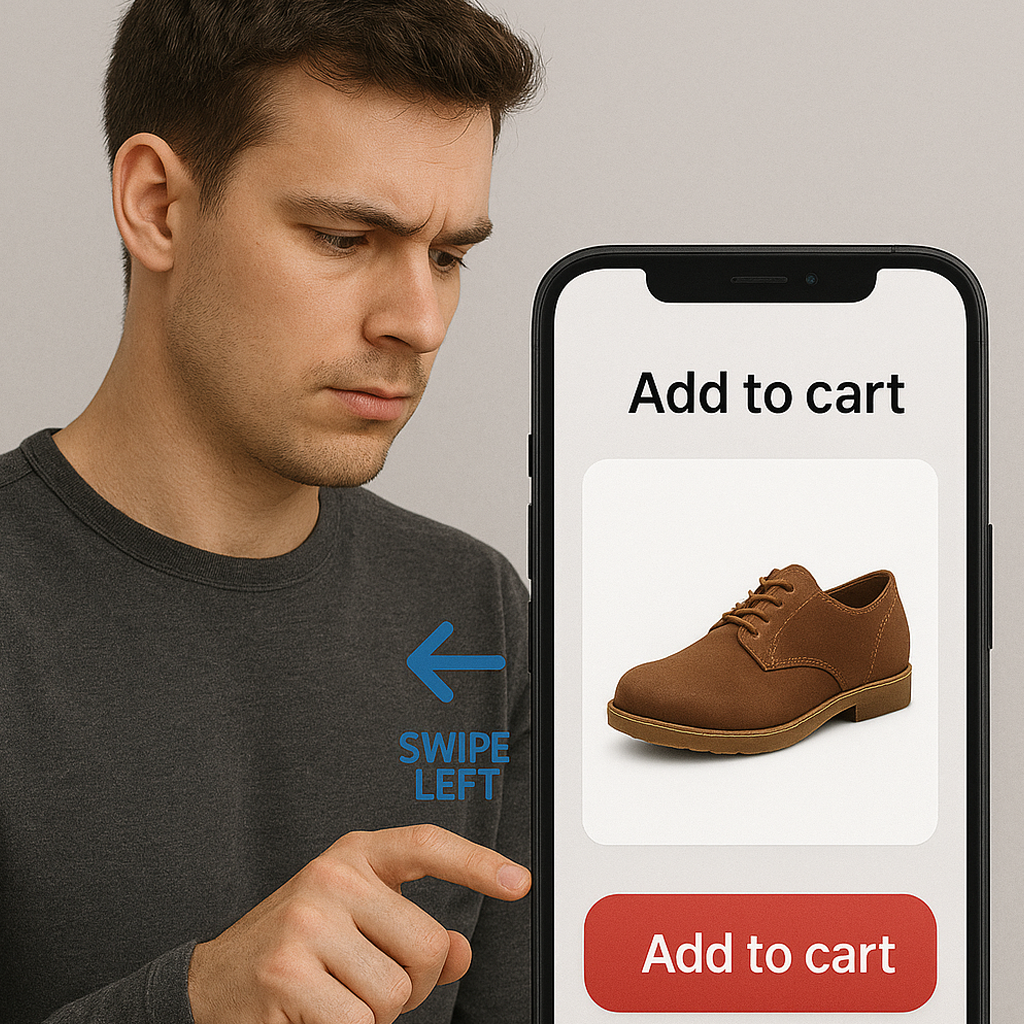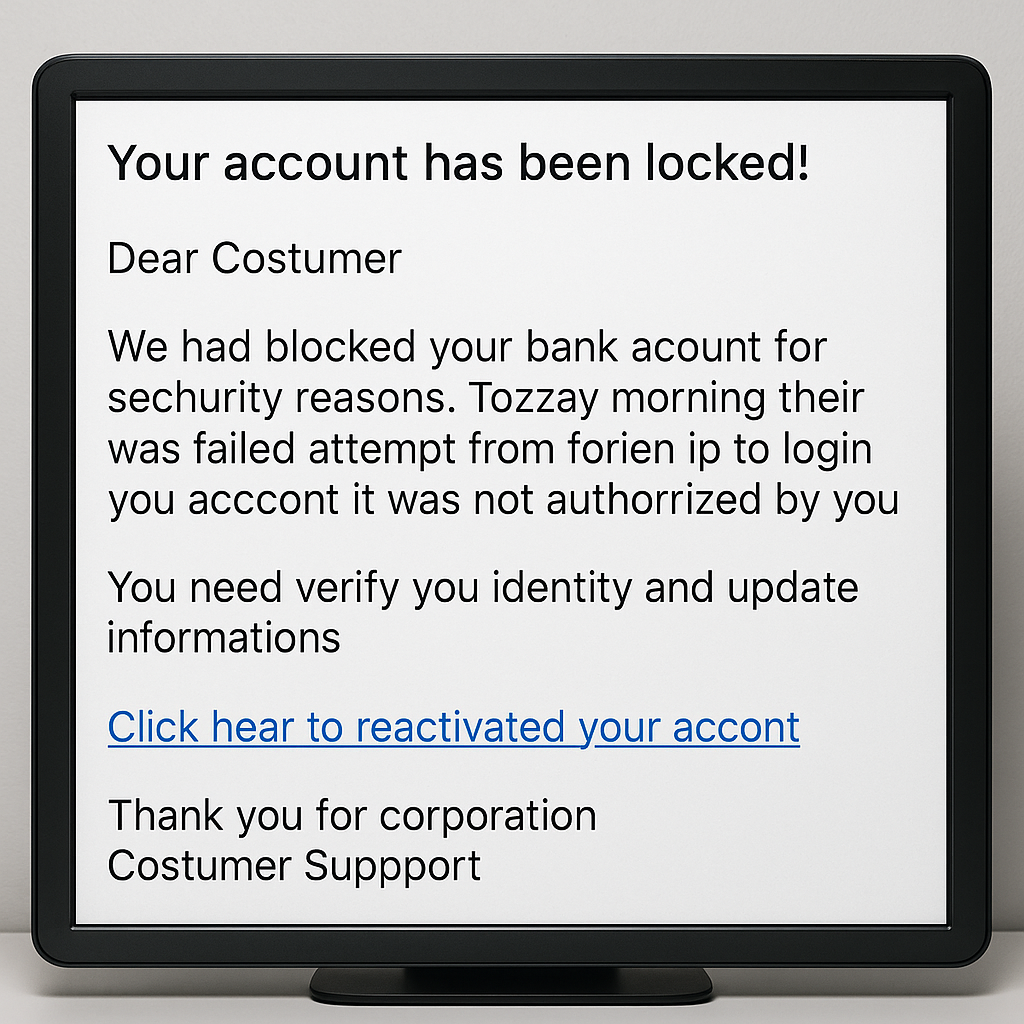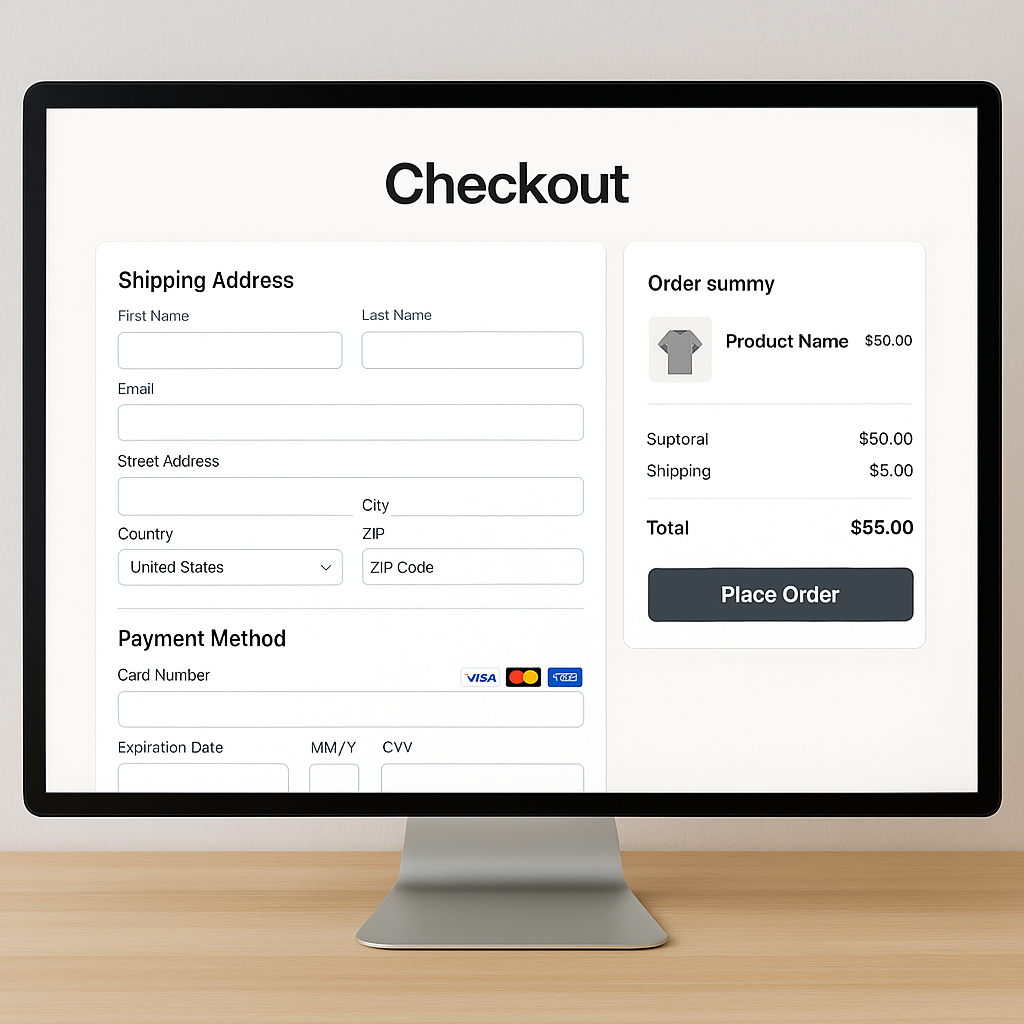The Appetizer: Love at First Click
Imagine a world where your perfect partner is just one swipe away—except in this universe, your soulmate is a discounted air fryer with next-day shipping. Online shopping has turned the age-old quest for bargains into a digital courtship ritual. The anticipation is palpable: the rush when you spot a flash sale, the thrill as you refresh your browser hoping for a price drop, the commitment as you finally hit “buy now.” It’s a dance of hope, strategy, and just a little impulsiveness. Much like actual dating, every shopping session is filled with promise and a dash of emotional risk. Will you find "the one," or will you be left clutching a product that looked much better in its online profile?
Profile Pictures vs. Reality: The Catfishing Conundrum
Don’t we all long for that fairytale moment when what you ordered online is exactly what you get? Alas, the reality often falls short. That lamp looked like it belonged in a designer magazine, but when it arrives, it’s more “DIY arts and crafts gone rogue.” The plush rug turns out to be the size of a placemat, and the “premium hoodie” could double as a dish rag. Sellers use every trick in the book—strategic lighting, Photoshop magic, and angles the likes of which you’ve never seen in real life. It’s the classic catfish, but instead of heartbreak, you’re left with return labels and mild existential disappointment. Shopping online means developing a sixth sense for spotting fakes, just as you hone your ability to spot too-good-to-be-true dating app profiles.
The Bio Section: Too Good to Be True?
Every product flaunts a description that reads like a love letter. “Crafted with care,” “limited edition,” “as seen on TV”—all designed to make you swoon. But seasoned shoppers know that behind every “genuine leather” claim could be a plastic imposter in disguise. Consider the “breathable” shoes that turn out to be tiny greenhouses for your feet, or the “sleek storage solution” that’s really just a cardboard box. It pays to interpret these poetic product descriptions with the skepticism of a veteran dater. If it’s “unique,” brace yourself for something truly unconventional; if it’s “vintage,” prepare for a whiff of nostalgia—and perhaps attic dust.
Translation Guide: What They Really Mean
- “Unique design” = Your friends will ask questions, and not in a good way.
- “Vintage look” = Old, possibly haunted.
- “Limited stock” = We hope someone buys this before we have to pay for storage.
First Date Jitters: Adding to Cart
There’s something exhilarating about adding an item to your cart—like agreeing to a first date with someone who shares all your interests (at least according to their profile). You read every review as though you’re checking references, scan seller ratings like you’re meeting their friends, and maybe, just maybe, you whisper a wish to the algorithmic powers that be for a bonus coupon. The moment you click “Add to Cart,” your heart races. Will you go through with it, or will you abandon the cart in a moment of cold feet? And who hasn’t played coupon code roulette? You scour shady websites for a mystical discount code. When you finally land one, you feel like a hacker—or at least the Sherlock Holmes of online savings.
The Ghosting: When Deals Disappear
You’ve been eyeing that gadget for days, carefully watching the price, waiting for just the right moment. Suddenly—bam! The deal is gone, vanished into the digital mist. Maybe the price jumps by $30, or the item “sells out” right before your eyes. You’re left staring at your screen, feeling betrayed by a product that led you on. Sometimes, the price reappears later, just enough to play with your emotions. It’s the ultimate ghosting: no closure, just an empty cart and a broken heart. Pro tip: Always screenshot those fleeting deals, if only to prove to your friends that you weren’t imagining things. “I swear it was half off yesterday!”
The Red Flags: Spotting the Deal Dodgers
Online shopping, like dating, involves plenty of caution. There are telltale signs—red flags—that should make you run for the hills. Shipping costs that could finance a small road trip, return policies reminiscent of ancient riddles, and reviews that sound eerily similar (as if written by the seller’s extended family at a reunion). Be wary of “ships from abroad” disclaimers, which may translate to “arrives eventually—maybe in this decade.” Don’t ignore these warning signs. Just like ghosting someone who asks for your social security number on the first date, it’s okay to say “no thanks” and move on to a safer, saner deal.
Falling for the One (That’s Actually a Bargain)
Every shopper dreams of finding “the one”—that rare deal where price, quality, and style all align perfectly. When it happens, it’s magical. The promo code works, shipping is free, and the item arrives just as described. You bask in the afterglow, screenshotting your order confirmation, telling everyone you know about your great find. When the package lands on your doorstep and actually exceeds your expectations, it’s a triumphant moment—like finding a partner who really does love dogs, hiking, and your bad puns.
The Breakup: Buyer’s Remorse
But not every relationship—or purchase—ends in bliss. Sometimes, the thing you waited for disappointed you: wrong color, weird fit, or a feature that only works if you chant an ancient incantation. That’s when the regret sets in, and you’re left weighing your return options. Maybe it becomes a closet dweller, or maybe it finds new life as a last-minute gift for an unsuspecting acquaintance. Either way, the pain of buyer’s remorse stings, but at least there’s always next time—and an ever-present return policy for consolation.
Second Chances: Learning from Past Mistakes
Each online shopping misadventure makes you savvier. You learn to spot the subtle cues of fake reviews, recognize the clickbait deals, and perfect the art of “cart abandonment” as a negotiation tactic. Before you know it, you’re getting discount codes sent straight to your inbox just for playing hard to get. With every misstep, you gain experience, sharpening your instincts and building up your defenses, so you can pounce when the real bargains come around.
Tips for Swiping Right on Savings
- Read the reviews, but trust your gut. Overly enthusiastic five-star reviews are suspicious—unless everyone really did find the world’s best spatula.
- Compare prices everywhere. Shop around like you’d shop for a first date outfit. Don’t settle for the first offer you see.
- Stick to your budget. Don’t let a flashy “limited time offer” sweep you off your feet (or out of your bank account).
- Check the fine print on returns. Make sure you have an escape plan if things go south.
- Only sign up for loyalty programs if you mean it. Otherwise, your inbox will become the digital equivalent of an overzealous suitor.
Conclusion: In Love and in Shopping, Always Swipe Smart
Online shopping is a lot like seeking romance: full of hope, drama, and sometimes unexpected joy. By trusting your instincts, embracing the adventure, and being willing to walk away from the wrong “match,” you just might find the perfect deal. So next time high prices try to woo you, remember—you can always swipe left. Here’s to more bargains, fewer regrets, and a cart full of true love (or at least, practical kitchen gadgets)!











